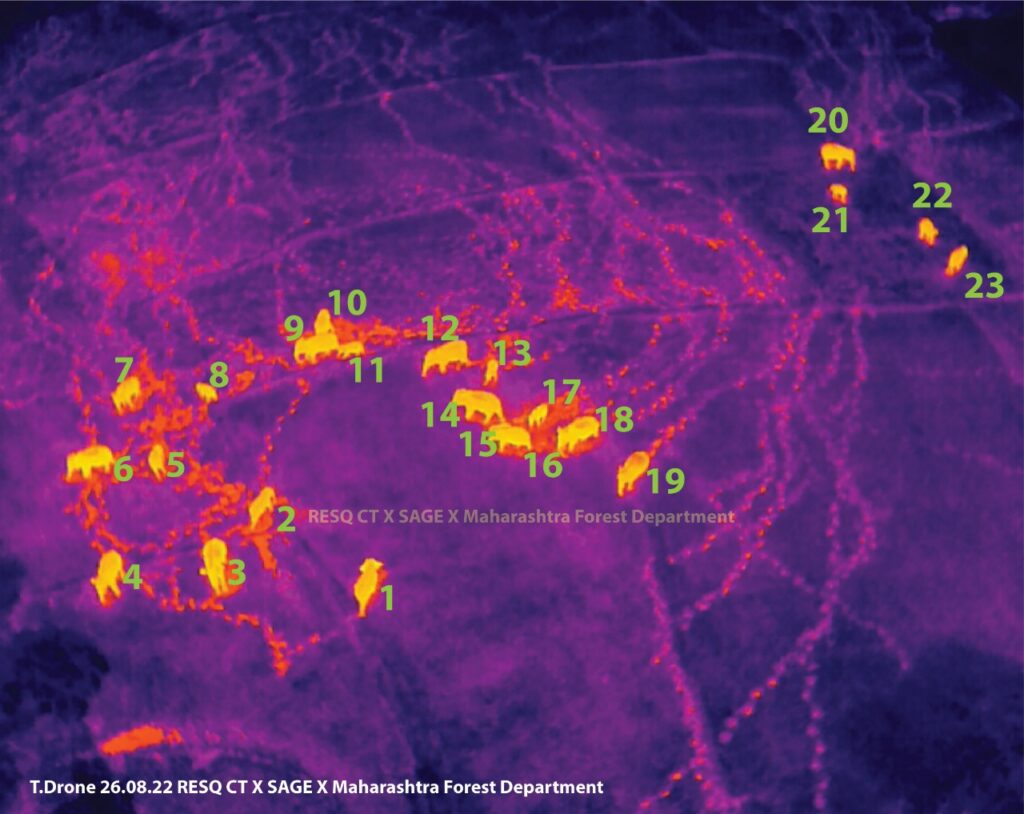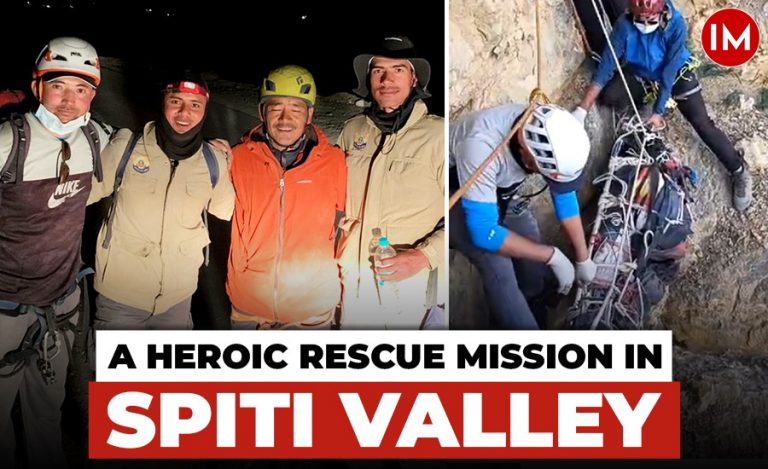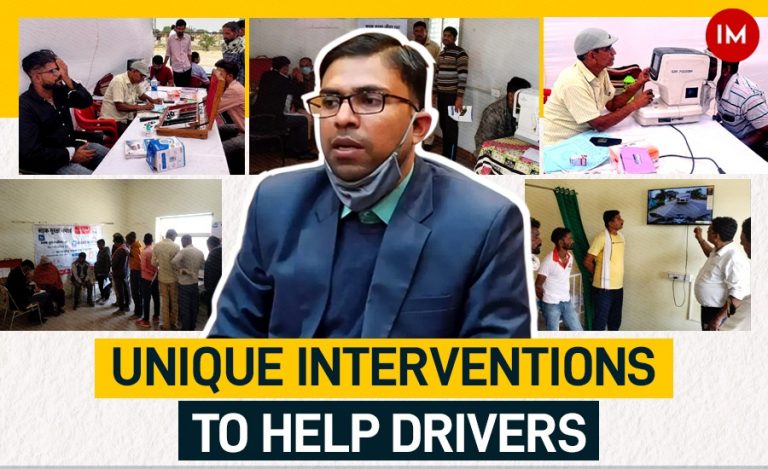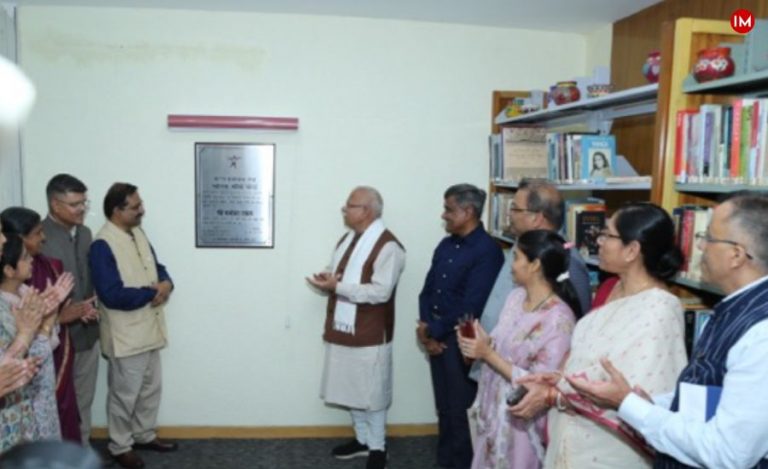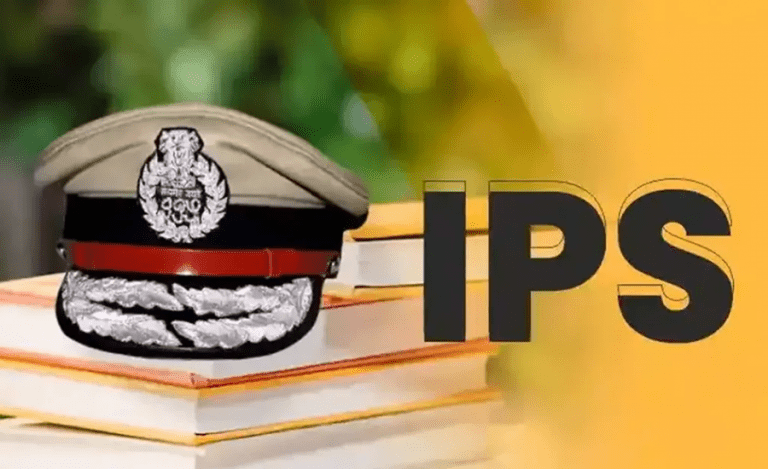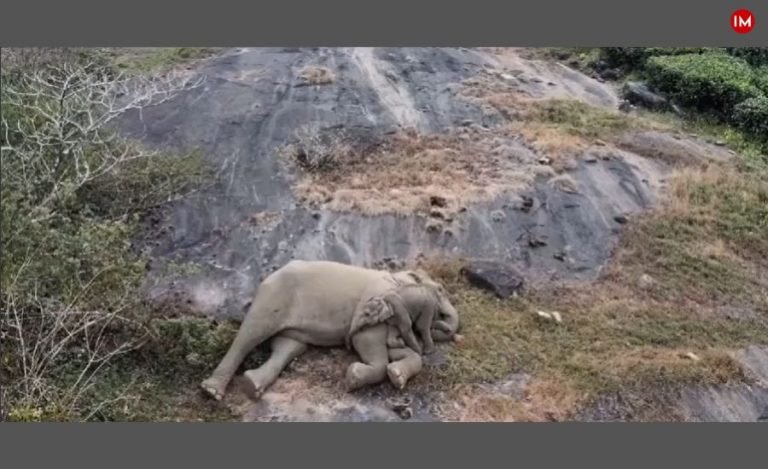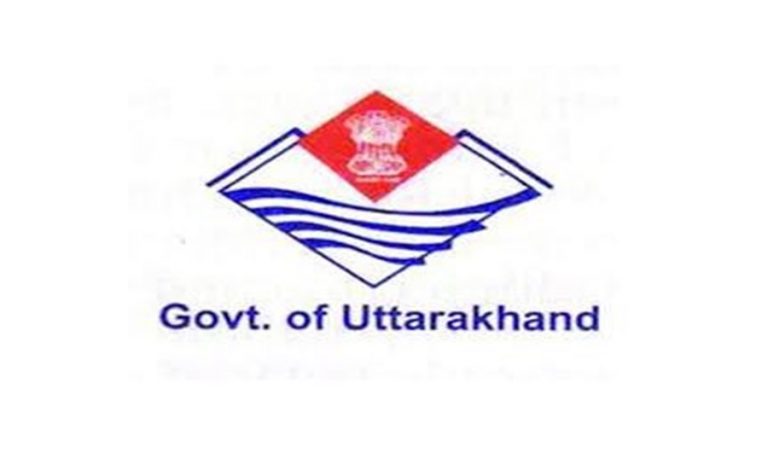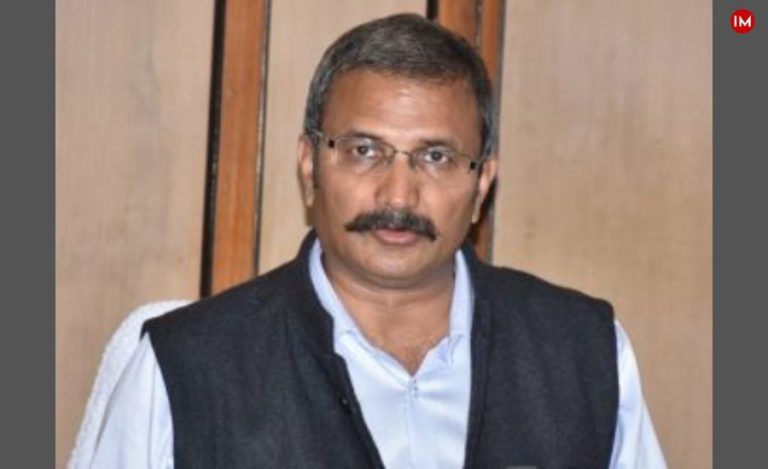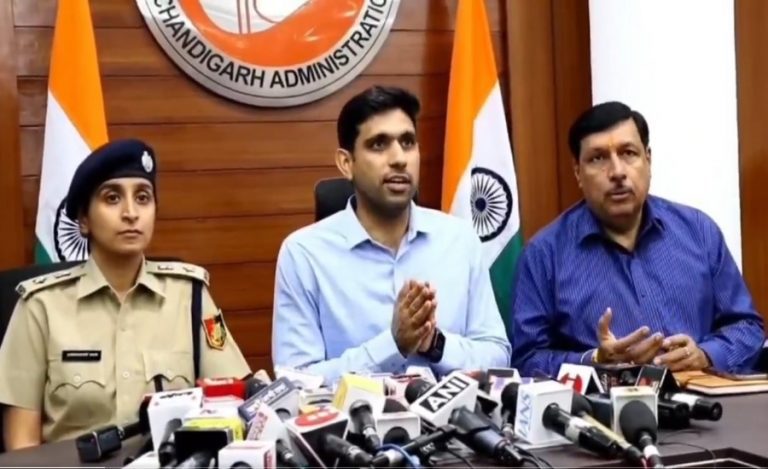In another instance of effective use of technology to avert man-animal conflict, the Gadchiroli forest division in Maharashtra has started using UAV thermal drones to track and monitor elephant movement, with the aim of ensuring the safety of both the tuskers and humans. Results are very positive as this has helped keep the elephants away from the houses and farming land of the farmers of the area.
Indian Masterminds interacted with 2019-batch IFS officer Dhananjay Waybhase, who is the Deputy Conservator of Forest, Varsha division, Gadchiroli, to know more about the implementation of the new initiative.
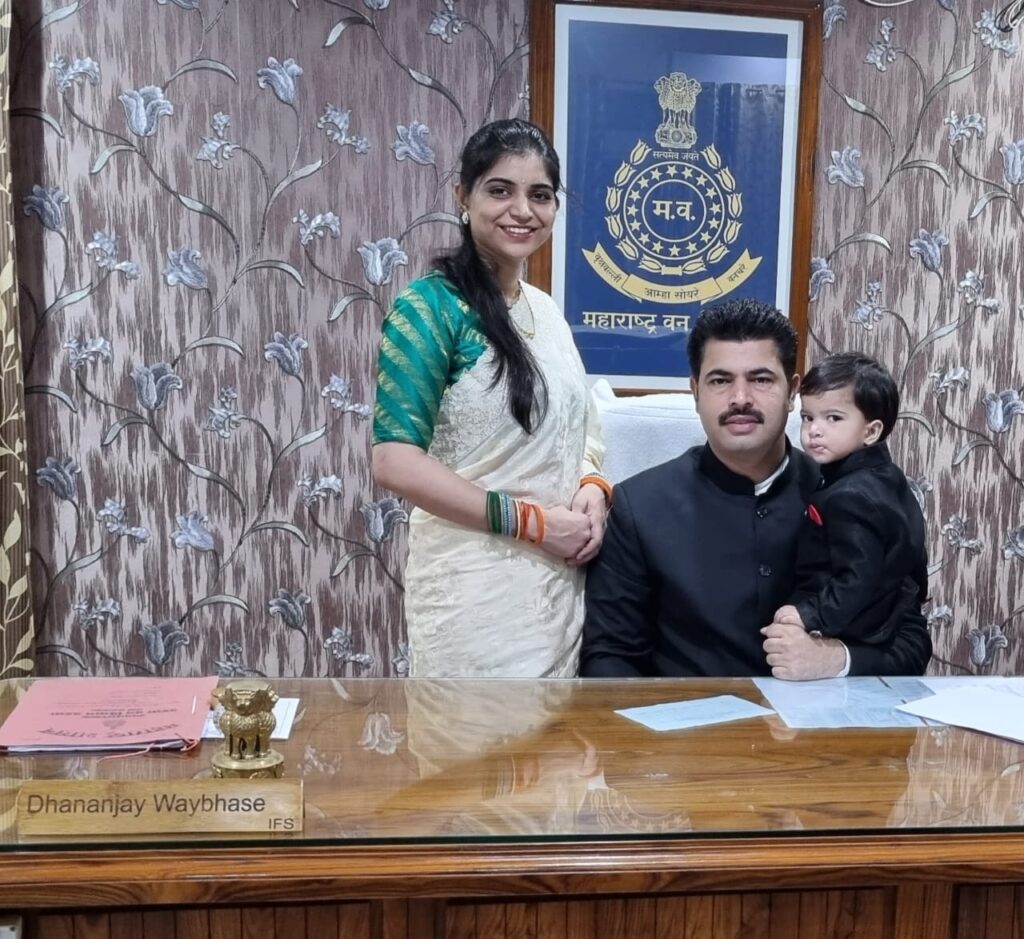
ELPEHANT-HUMAN CONFLICT
In Maharashtra, almost every year, herds of elephants enter from the neighbouring states after the rainy season and go away in the winter season. But, this time, the elephants came earlier. A herd of 23-25 elephants entered Gadchiroli forest division in August. Considering the terrain here and the general movement time (evening and night) of the herd, it is challenging to monitor them on foot. Hence, the forest department sought help from two NGOs, Pune-based RESQ and West Bengal-based Stripes And Green Earth Foundation (SAGE) to track the pachyderms’ movement.
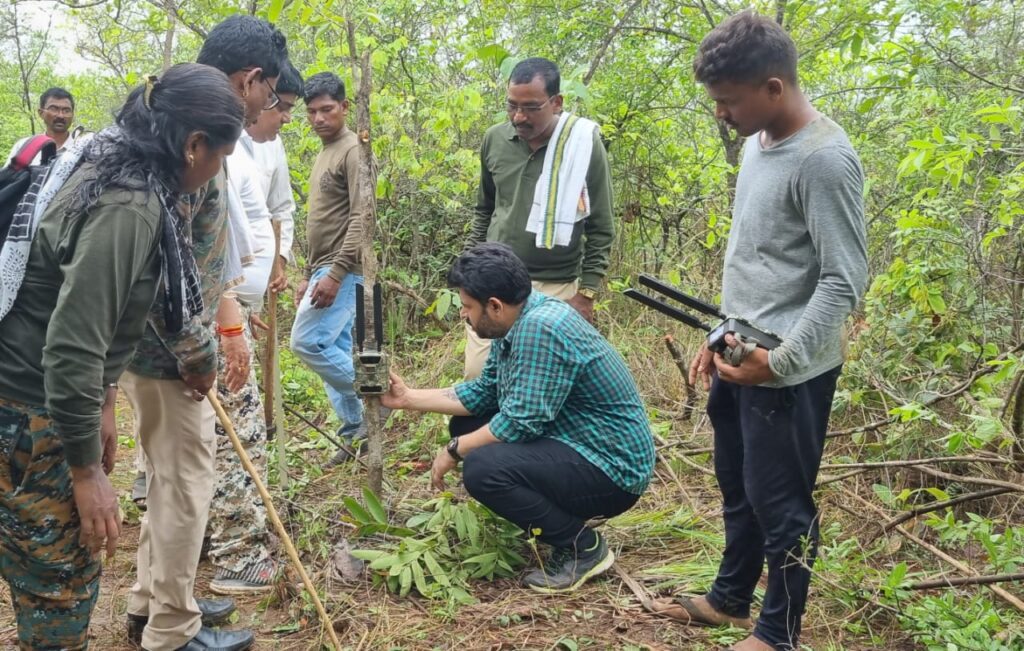
UAV THERMAL DRONE IMAGING
RESQ’s UAV thermal drone imaging team and a seven-member SAGE team travelled to Gadchiroli and started working with the forest department of Varsha division to determine the herd composition, its movement and behavioural pattern. Under the leadership of IFS officer Dhananjay Waybhase, the monitoring of the herds with the drones began.
UAV Thermal Drone imaging is safe both for the elephants and the humans involved, as it can be done from a distance. It is quite silent and observes the elephants post dark from a height of 100 ft without disturbing them. While sincere efforts are being put to prevent human-elephant conflict, the herd often ventures out of the forest patch post dark and causes a fair amount of damage to the crops of local farmers and homes of the villagers. But this time, forest officials are minimizing the damage due to better monitoring with the thermal drones.
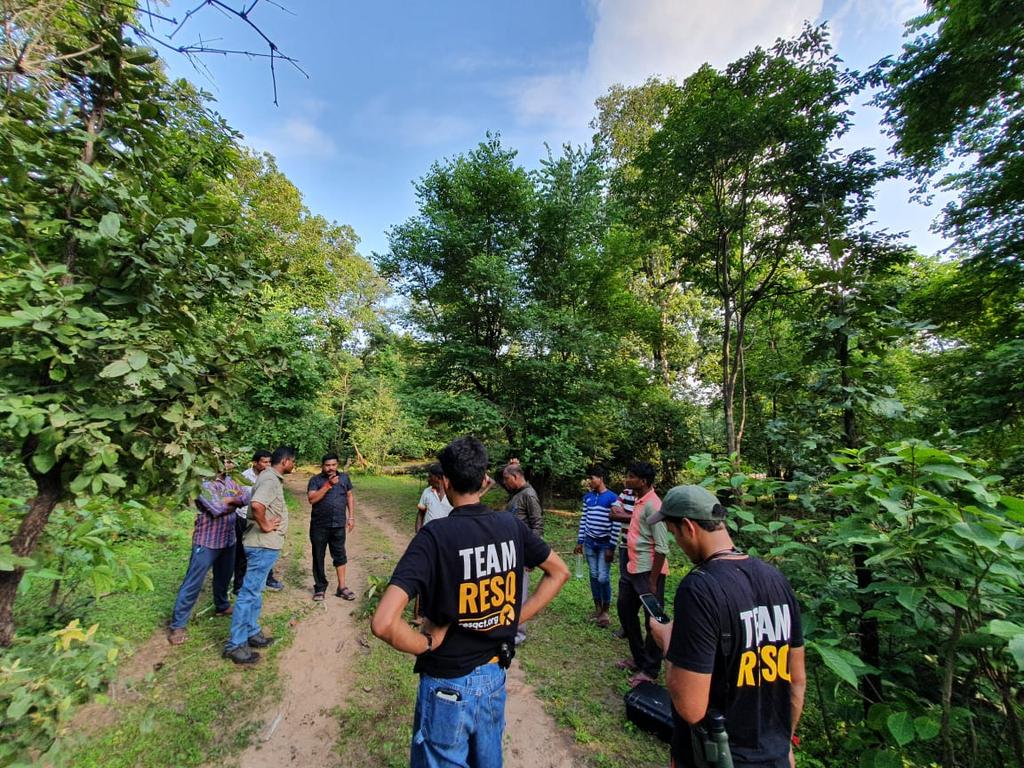
HIGHLY EFFECTIVE
Speaking with Indian Masterminds, Mr. Waybhase said, “This time, the elephants came earlier than expected. Due to their sudden arrival, we had to change our plans. In our area, the elephants are more active from 6 in the evening to 7 in the morning. Therefore monitoring becomes very important at night, but the normal drones cannot capture visuals in the dark. Hence, a drone with night vision was needed. RESQ Charitable Trust provided us UAV Thermal Drone and technical expertise free of cost.”
Whenever elephants come out of the forest area to the agriculture fields,the teams gets active and monitor their movement. Three teams have been formed. Day monitoring team, night patrolling team, and Panchnama Team, which evaluates compensation for victims.

COMPENSATION POLICY
In Maharashtra, farmer who incurs lossesfrom wild animals’ attack or movement are compensated by the government. “Last year, 25 to 30 lakh compensation was handed out in my division due to elephant destructions. This included both loss of house and loss of agriculture. We try to distribute compensation in 10 days’ time after evaluating the loss. So, while we are monitoring the elephants’ movement with the thermal drones and ensuring the safety of the animal, we are also expediting the process of compensation. In whole of India, we are the first to implement this system in forest,” Mr. Waybhase said.
While sincere efforts are being put to prevent human-elephant conflict, the herd often ventures out of the forest patch post dark and causes a fair amount of damage to the crops of local farmers and homes of the villagers. (3/4) pic.twitter.com/6je3Z950Tt
— Tuhin Satarkar (@TSatarkar) August 31, 2022

